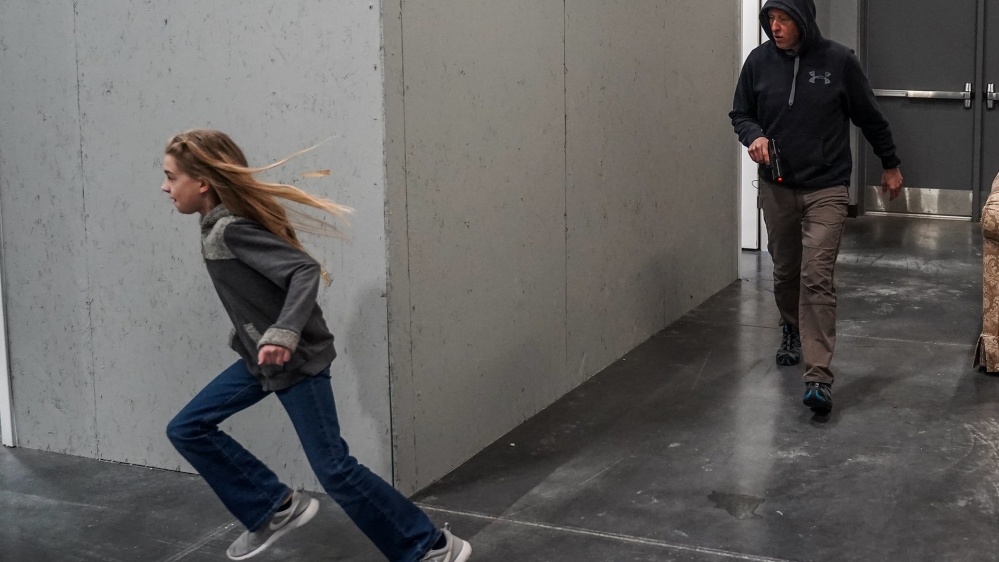
On April 20, I flashed back to my 12-year-old self. That fateful morning in 1999, I was thousands of miles away from tragedy—yet it felt like my own backyard. That school year, we began new types of drills. We began thinking what our parents did decades ago—how to hide, cover your eyes, find a way to cope with the fear.
We weren’t facing a nuclear bomb from some foreign country. Our threat was closer to home.
Much closer.
August 20, 1999, was the day of the Columbine High School shooting. Not the first school shooting, but the most prominent in my memory. Since then, gun violence has grown. Drills became facts of life. Girls learn in their earliest classes what to do if a shooter comes.
Because in the USA, mass shootings happen nearly every day. They happen in schools, houses of worship, shopping malls, and even on the streets. Anyone you walk by could take out a gun and start shooting.
It’s terrifying.
Even more terrifying is that young girls are sometimes the targets.
The reasons are varied. In April 2019, 5-year old Nasha Smith was shot and killed by her father, who then used blunt force trauma to kill Nasha’s 7-year-old sister, Mayan. Why? Their father claimed the girls “exhibited bad behavior he deemed against God’s laws” and that they reminded him too much of his wife.
Last year, I wrote about the Marshall County High School shooting, where 15-year-old Bailey Nicole Holt was murdered along with Preston Ryan Cope, while 20 others were injured. The shooting happened as the school day began. The shooter had no reason—he later stated he just wanted to “break the monotony” of his life and experiment with how students, police, and society respond to such shootings. Bailey was killed for no reason other than existing in that place, at that time.
In 2016, the Pulse Nightclub shooting claimed the life of 18-year-old Akyra Murray and 48 others. She was on vacation to celebrate her graduation from high school and future as a basketball player at Mercyhurst College. While partying at Pulse, she was targeted for being among the “gays, minorities, and Jews” that an Islamic State terrorist hated. Akyra and her friend, Patience, managed to get outside. Then they realized their friend, Tiara, was still inside. They headed back into the shooting, finding Tiara by the bar. Yet rather than heading back outside, the girls were forced deeper into the club. Held hostage in the bathroom’s handicap stall with several others, she was eventually killed during the hail of gunfire as police swarmed into the bathroom and fired at the shooter. The last words to her parents were on a frantic phone call: “Mom, I’ve been shot in the arm, help me please, I’m scared, I am bleeding so bad. Please help me, call the cops, please help me.” She also called the cops, staying on the line with a dispatcher until, at 2:32 a.m., her words became one repeating sentence—“I don’t want to die today”—then silence.
The reasons for their deaths—and the deaths of so many others—are as varied as their own lives. Religion. Race. Gender. Wrong place. Wrong time. Even no reason at all.
Over a year ago, I asked, “When will it end?”
I still ask that. Every day.
To learn more about preventing gun violence and take action, visit March for Our Lives.
-Tiffany Rhoades
Program Developer
Girl Museum Inc.
